Better Touch Better Business
Contact Sales at Proway safe suppliers.
There are several types of safes. Many types are designed for specific security needs and applications. Here are some common types of safes:
1. Fire-resistant safes: These safes are specifically designed to withstand heat and fire in order to protect the documents and valuables inside them from being damaged by fire. They usually have special fireproof materials and seals that can withstand high temperatures for some time.
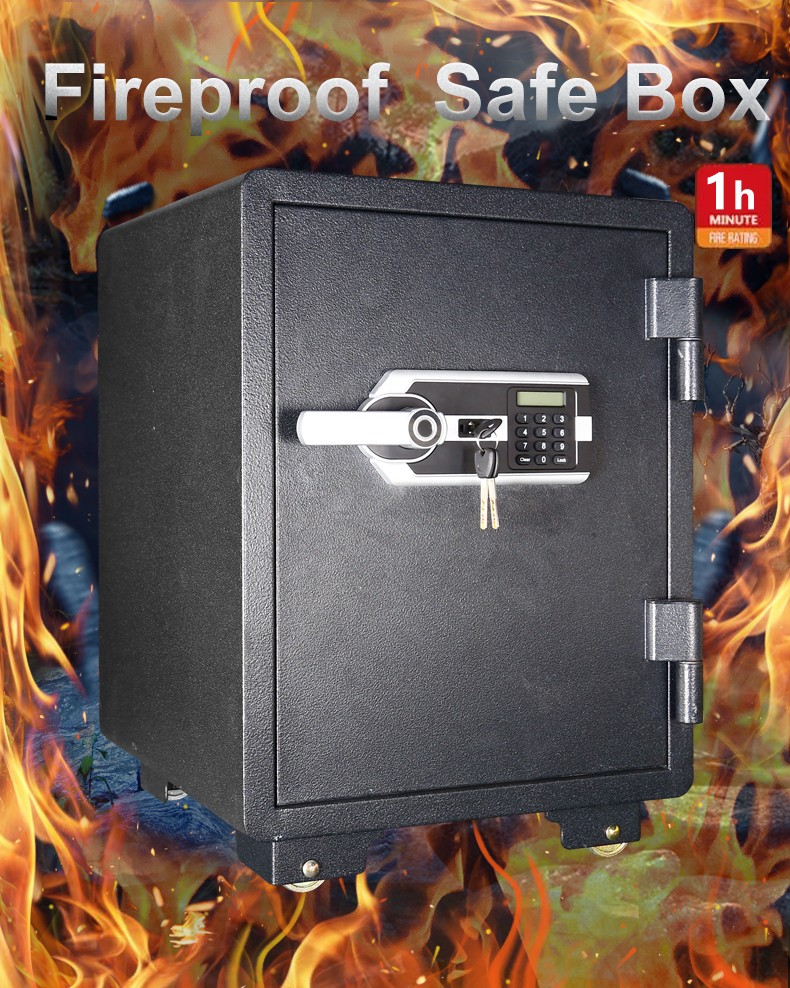
2, Waterproof safes: Waterproof safes have a waterproof feature that protects the inside of the items from water damage, flooding, or leaks. They are usually equipped with waterproof seals that can keep the contents dry even when they are submerged in water.
3, Burglar Resistant Vaults: Vaults are designed to provide physical security to prevent theft and burglary. They usually have reinforced steel casings and reinforced locking mechanisms.

4, Built-in Wall Lockers: For concealment and added security, these lockers are typically built into wall elements. They are usually thin and suitable for small lockers and files.
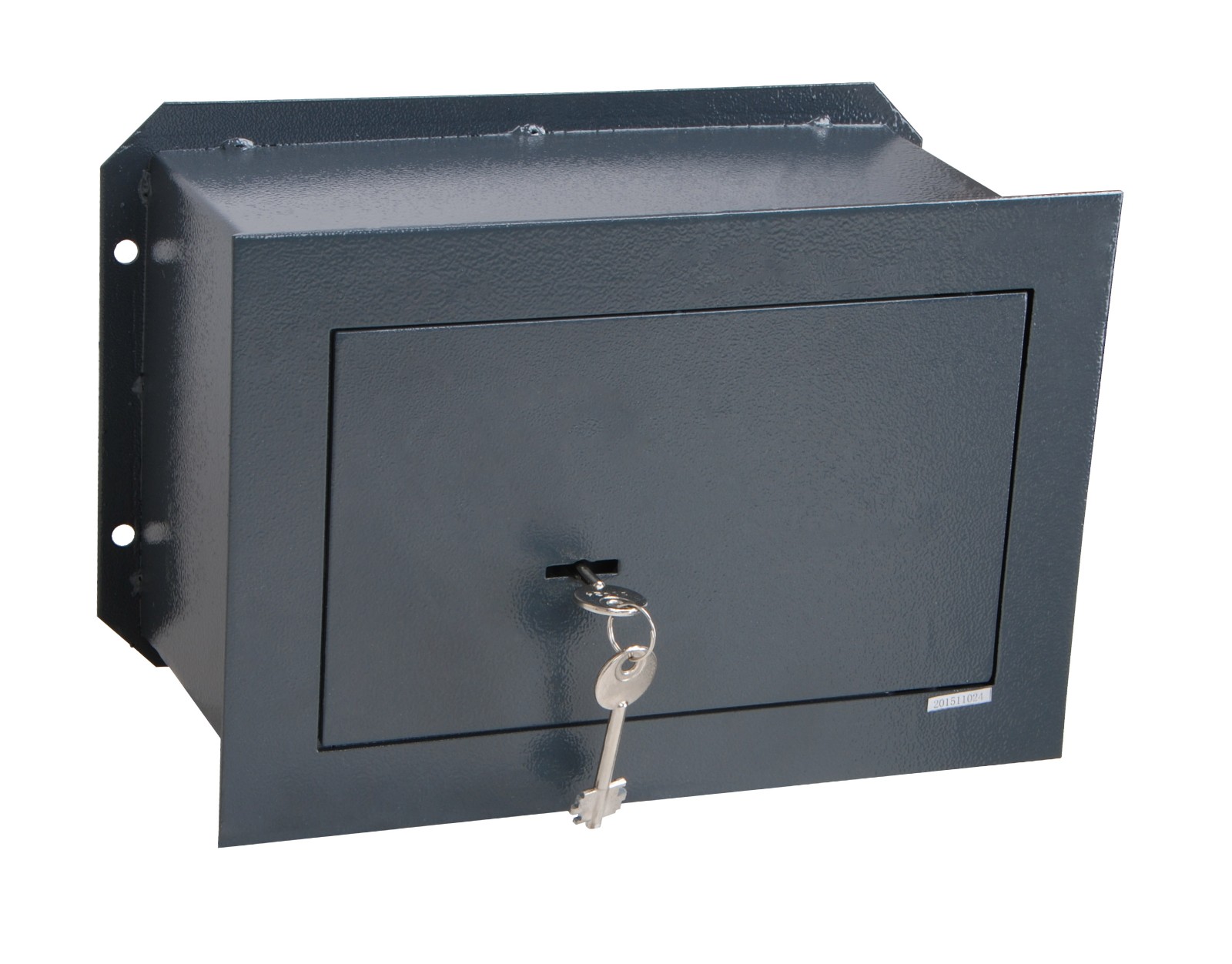
5, Underground Safes: Underground safes are buried in the ground and are usually used for the storage of valuables such as jewelry, gold, and important documents. They provide additional security and privacy.
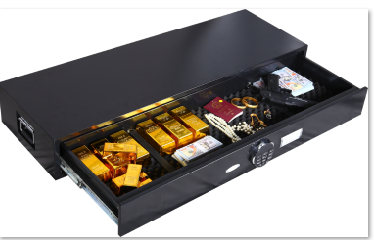
6, Data Safes: These safes are designed to store digital media and electronics such as hard drives, USB drives, files and backups. They usually provide fire and water protection against data damage.
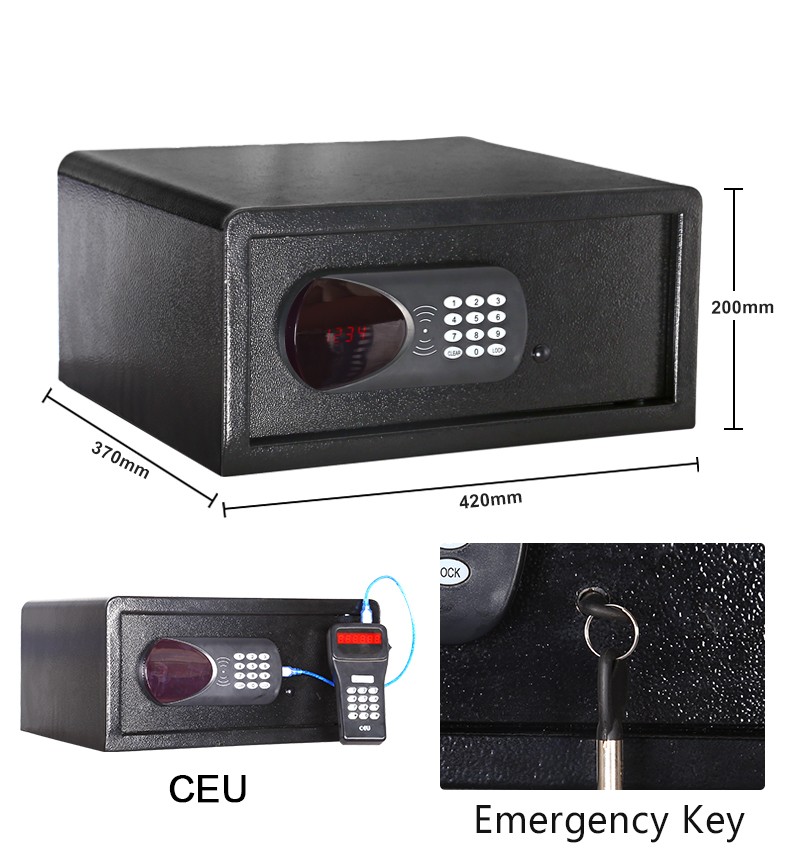
7. Commercial Safes: These safes are used in commercial and office spaces and usually have a large storage capacity for the bulk storage of documents, assets, and valuables.
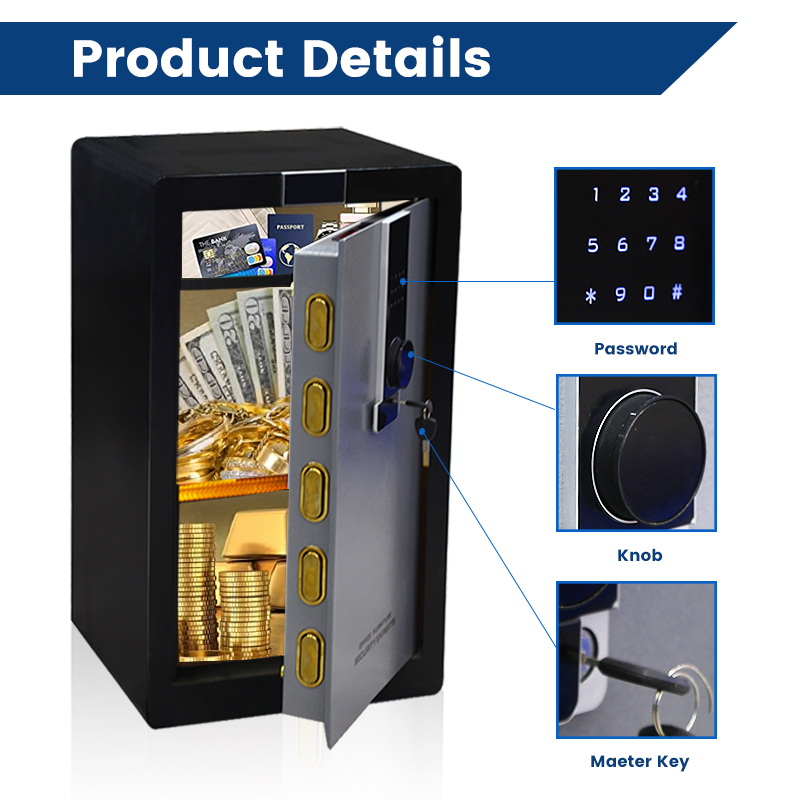
8, Jewelry safes: Safes designed specifically for jewelers, gemstone and precious metals, usually with special internal organization and anti-theft features.

9, Household safe: generally used for household and personal use for storing documents, cash, wallets, important papers and other valuables.
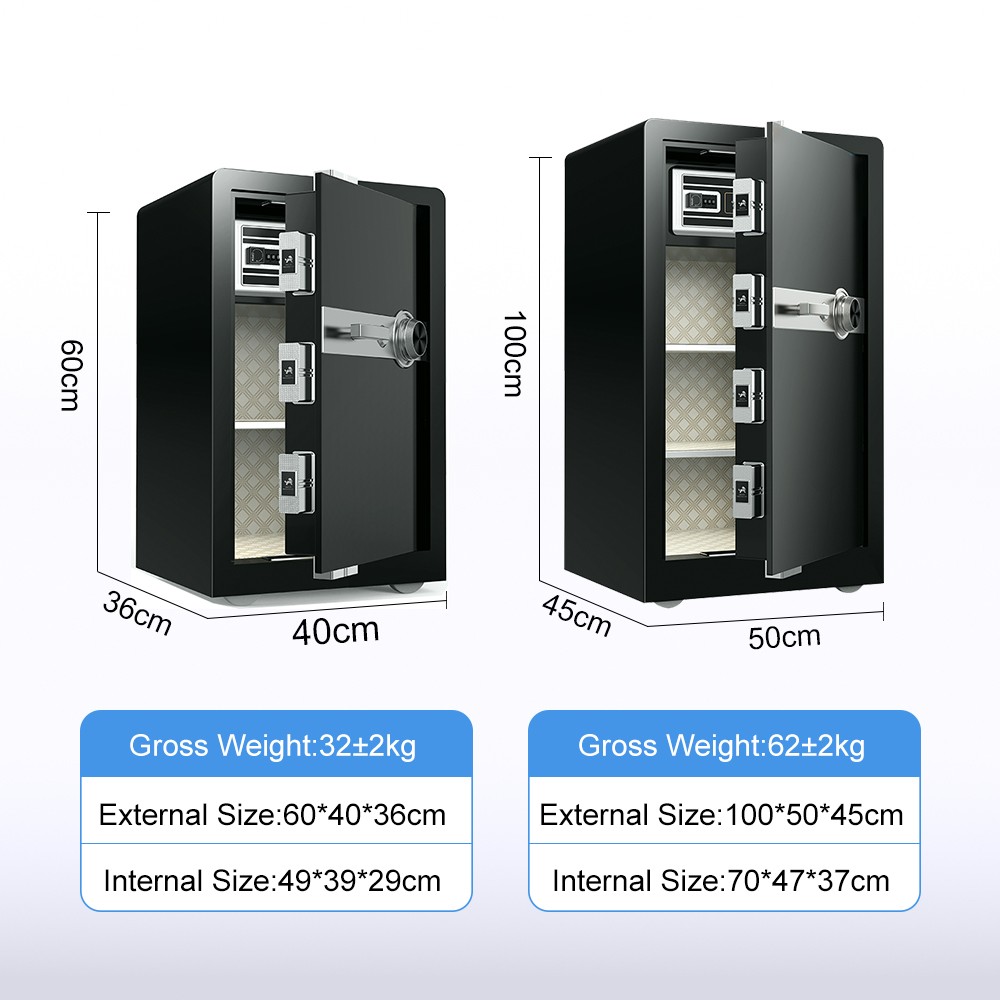
These are some of the most common types of safes, and there are numerous types that have unique features and designs to meet a variety of security needs. It is important to choose the right type of safe for your needs to ensure that your property and documents are properly protected.
Because a quality safe provides better security and protection, it is important to be able to tell a good safe from a bad one. Here are some ways to tell the difference between a good and a bad vault:
1. Certifications and standards: Verify that vault meets international or industry standards. Some common certification marks include UL (Underwriters Laboratories) certification, EN (European Norms) certification, and JIS (Japanese Industrial Standards) certification. This mark certifies that the device meets certain safety requirements.
2, the quality of materials: good safes are usually reinforced, such as material. To prevent vandalism and burglary, make sure the safe's case and door are made of durable materials.
3, Lock Mechanism: The lock of the safe is very important. Premium lock types include combo lock, electronic lock and biometrics lock. Make sure the lock mechanism is strong, reliable and tamperproof.
4, Sealing and Fireproof Function: Fireproof and waterproof safes should be checked if they have an effective sealing function. To protect the contents, these safes should be fireproof and waterproof.
5. Weight and security: heavier safes are usually more difficult to steal. If possible, mount the safe to a wall or floor.
6. Security ratings: Some safes have security ratings, which are usually indicated by a combination of letters and numbers (for example, UL RSC, TL-30). These ratings indicate the safe's resistance to vandalism and fire. Choose the right security level for you.
7. Steel plate thickness: Check the thickness of the safe's steel plate. Thicker steel plates are usually more vandal resistant. The door and walls of the safe should have sufficient plate thickness.
8, Internal Organization: Good safes usually have internal organization such as shelves, drawers and hooks to help manage stored items.
9, Warranty: Check if the safe has a warranty. Most warranties usually indicate that the manufacturer is confident in the quality of the product.
10, User Reviews and Recommendations: Check online user reviews and recommendations to learn about other people's experiences and opinions. This can give information about specific brands and models.
Copyright © 2025 Proway Industries co ltd. | All Rights Reserved